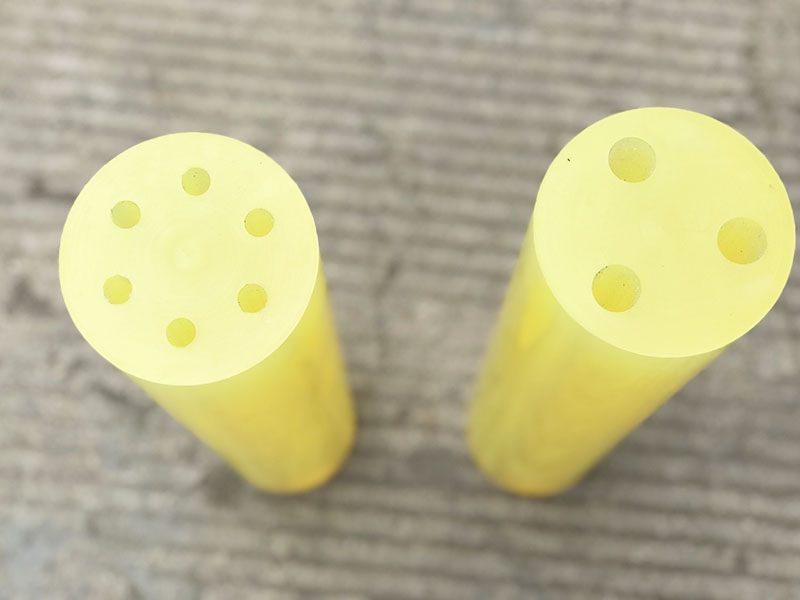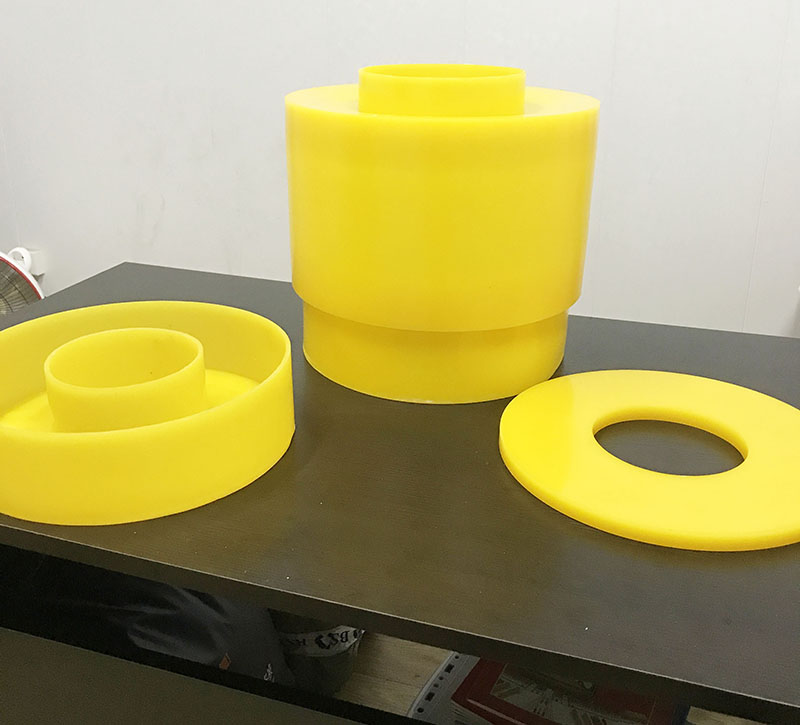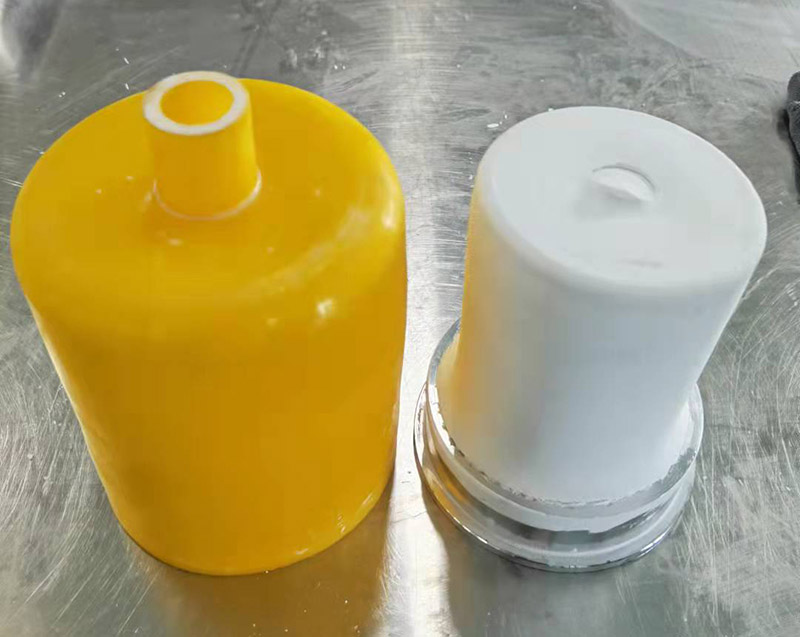

Isostatic Pressing
The development of Isostatic Press techniques from the mid 1950’s has delivered a range of advantages in the manufacturing process particularly with regards to precision forming, improved material properties and cost reduction from elimination of certain machining processes.
Covered are the major advantages and limitations of Cold Isostatic Pressing (CIP), Warm Isostatic Pressing (WIP) and Hot Isostatic Pressing (HIP).
The isostatic pressing process was pioneered in the mid-1950’s and has steadily grown from a research curiosity to a viable production tool. Many industries apply this technique for consolidation of powders or defect healing of castings. The process is used for a range of materials, including ceramics, metals, composites, plastics, and carbon.
Isostatic pressing applies a uniform, equal force over the entire product, regardless of shape or size. It thus offers unique benefits for ceramic and refractory applications. The ability to form product shapes to precise tolerances (reducing costly machining) has been a major driving force for its commercial development.
Isostatic presses are used for compressing pharmaceutical particles and raw material in to pre-determined shapes. The use of this pressurizing system ensures a uniform compaction pressure throughout the powder mass and a homogeneous density distribution in the final product. It is one of the most widely used pharmaceutical processing machines.

Working of Isostatic Press
Isostatic pressing is enabled to produce various types of materials from powder compacts by reducing the porosity of powder mixture. The powder mixture is compacted and encapsulated using isostatic pressure, by using pressure equally applied from all directions. Isostatic pressing confines the metal powder within a flexible membrane or hermetic container which acts as a pressure barrier between the powder and the pressurizing mediums, liquid or gas that surrounds it.
Advantages of Isostatic Press
Powder is compacted with the same pressure in all directions, and, since no lubricant is needed, high and uniform density can be achieved.
The process removes many of the constraints that limit the geometry of parts compacted unidirectionally in rigid dies.
It is applicable to difficult-to-compact and expensive materials such as superalloys, titanium, tool steels, stainless steel, and beryllium, with material utilization that is highly efficient.

Application of Isostatic Press
Below is a list of some for the most common applications of the isostatic press.
1. Pharmaceuticals
2. Explosives
3. Chemicals
4. Food
5. Nuclear fuel Ferrites

We support all kinds of customization, if you need it, please contact us.
Phone/whatsapp:+86 18234744811
Email:sales@highindustryco.com